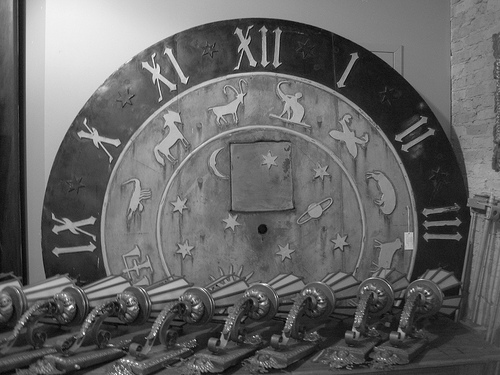dirty laundry
I let my laundry pile up for two weeks before I finally relented and took it to a laundromat, after leaving yet another message for the landlord about the constantly out-of-order machines in the building basement.
I had to look up the nearest laundromat and when I reached the address it wasn’t a laundromat any more, it had been converted to a hat store that still smelled a bit like soap but the hat guy told me how to get to this other laundry place that looks like it’s been here forever even though everything is really bright and shiny.
The machines are all modern and fancy and I can’t figure out where the coin slots are but there’s a lady with bluish-grey hair and cat-eye glasses reading Dostoyevsky behind a counter so I ask her how the machines work and she asks me what it is that I want to wash.
I look down at my bag of laundry and then back up at the lady. Her hair is so grey-blue it’s almost purple.
“Clothes?” I say, and her smile switches to something that looks condescending and pitying at the same time.
“You want the ones behind the blue line,” she says, using Crime and Punishment to gesture in the direction of the line of colored tiles between the rows of machines.
“What do the ones behind the yellow line wash, then?” I ask, pointing at the identical row of machines along the wall.
“Pasts,” she says. “Except for the ones down the end, those are just for sins.”
About flax-golden tales. Photo by Carey Farrell. Text by Erin Morgenstern.








